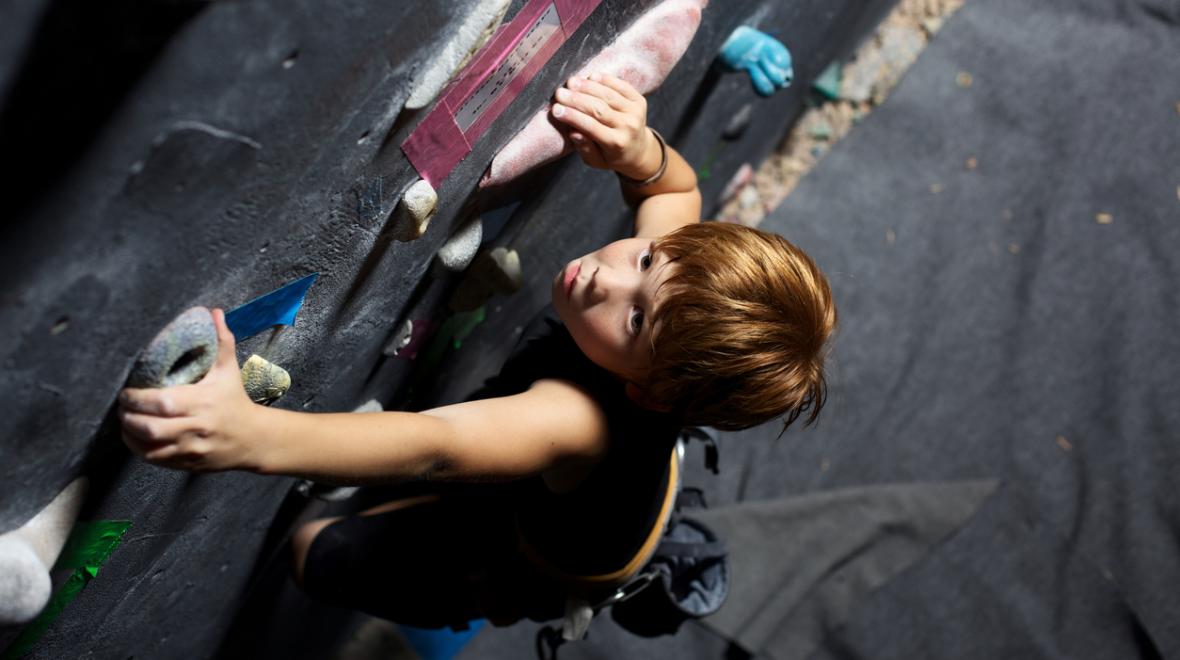
Bestselling co-authors Daniel J. Siegel, M.D. and Tina Payne Bryson, Ph.D., are back with their fourth book that helps parents teach their children emotional regulation, insight and empathy. Of course, raising thoughtful children who deal well with the feelings that come with being alive is no small task. But “The Yes Brain: How to Cultivate Curiosity, and Resilience in Your Child” does a worthy job of creating a blueprint for parents. It’s an easy read with a clear action plan, including a “refrigerator sheet” tear-out page to use an everyday reference.
The previous books neuropsychologist Siegel and parenting expert Bryson have written together, including “The Whole-Brain Child” and “No-Drama Discipline,” explain how kids’ brains are wired and how they develop as they grow up. With “The Yes Brain,” these authors are once again skilled translators, turning neuroscience into easy-to-understand explanations with catchy phrases. For example, a preschooler-who-is-in-tantrum-mode is using their “downstairs brain” while their “upstairs brain” is offline and not fully developed yet.
Use this book to jumpstart the task of teaching your child how to deal with their emotions; if your child is older, it’s a good refresher read on this topic: Readers learn the language needed to help kids understand how their brains and bodies respond to the world around them. The book doesn’t stop there, though. It also teaches parents how to ensure their kids lead balanced lives, build resilience, and cultivate their insightfulness and empathy.
Readers learn the language needed to help kids understand how their brains and bodies respond to the world around them.
Broken down into five chapters, the book starts with a look at the difference between a “No Brain” and a “Yes Brain” mindset. A reactive or “No Brain” response happens when kids “are at the mercy of their circumstances and feelings … stuck in their emotions, unable to shift them.” A “Yes Brain” mindset comes from the upstairs brain (or prefrontal cortex), and uses higher-level thinking skills that lead to receptivity. While in the “Yes Brain” state, people “feel much more capable of addressing challenges in a strong, clear, and flexible way.”
What parent wouldn’t want to teach their kids how to move from a “No Brain” reactive mindset to a more receptive “Yes Brain” mindset? The next four chapters walk parents through the four fundamentals needed to master this positive mindset: balance, resilience, insight and empathy. While these are big concepts, each chapter also contains simple brain strategies to teach kids. These strategies help kids foster “Yes Brain” (or upper brain) responses.
These are big concepts, each chapter also contains simple brain strategies to teach kids.
Some strategies are like the skills many schools teach as part of their social-emotional curriculum. Perhaps your child has learned about being in the green zone: when they feel like is well and they are handling themselves with ease. The red zone is when they feel upset, angry or scared and want to cry or scream. The blue zone is also when they feel upset, but they crave quiet, alone time and their body feels shut-down or limp.
A brain strategy to help kids move from the blue or red zone to the green zone involves placing one hand on their chest and one hand on their stomach, and then focusing on breathing. Parents can teach their kids to practice this skill at night as they are close to falling asleep, asking them to notice how calm this makes them feel. While this sounds deceptively simple, imagine the moment your kid really needs to find their calm center and they place a hand on their chest and a hand on their stomach as they listen to their breath.
Parents can share parts of this book with their kids, too. Near each chapter’s conclusion, there’s a cartoon designed to teach children about that section’s concept. For insight, the cartoon shows kids a few ways to avoid moving into the red zone, explaining how to “just pause” and think of a response before responding.
The book also helps parents achieve a 'Yes Brain' mindset, too.
This book also helps parents achieve a “Yes Brain” mindset, too. Each chapter includes a section for adults to help promote higher level brain thinking and receptive responses to everyday life challenges. One helpful section explains how parents are not doomed to repeat the same mistakes their parents made during their own childhoods. What a relief it is to read this: “The research is clear: if we make sense of our lives, we free ourselves from the prison of the past and gain insight that helps us create the present and future we desire.”
“The Yes Brain: How to Cultivate Curiosity, and Resilience in Your Child” is full of insights for parents looking to raise resilient children who have many tools to deal with both every day and difficult life challenges. The best takeaway to help begin teaching these tools is the take-out refrigerator sheet, so the strategies for getting to a “Yes Brain” are as close at hand as fruits, veggies and milk. Soon your refrigerator will be the place for the pause that refreshes.











